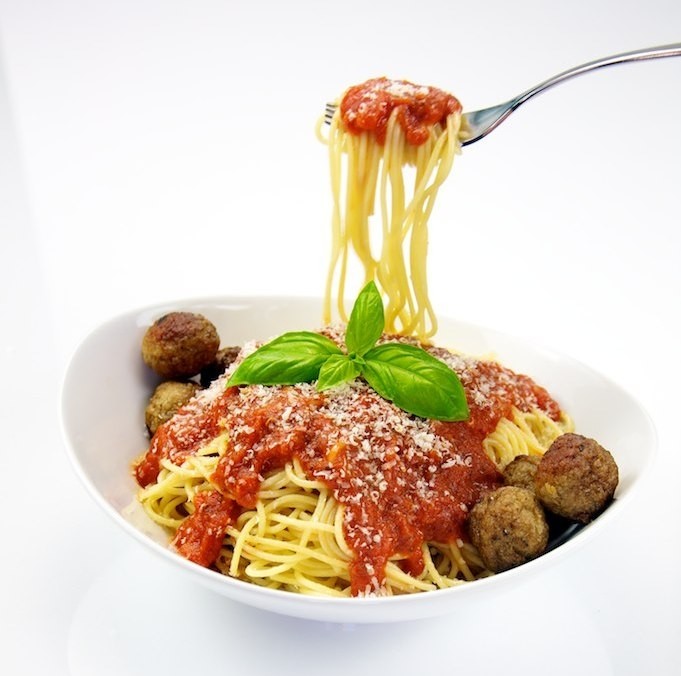No such thing as spaghetti and meatballs: debunking Italian food myths
Columbus Day is a great day to start debunking some myths about Italian food and traditions that have long been accepted in the United States.
Feast of the Seven Fishes: This tradition, celebrated in many Italian-American homes on Christmas Eve, calls for the host to serve seven different types of fish during the evening meal. This is just not something practiced in Italy. They do eat fish on Christmas Eve, but the "seven fish" tradition doesn't exist there.
Chicken parmigiana: A mainstay on the menus of countless Italian restaurants in America, you won’t see this dish on any Italian restaurant menu in Italy. Same goes for veal parmigiana. Eggplant is one of the very few things prepared as a parmigiana dish.
Spaghetti with meatballs: The two are never combined in Italy. Very small pieces of meat may be part of the sauce itself, but never served together with pasta. Also see chicken with pasta below.
Cappuccino after dinner: In Italy, cappuccino is for breakfast only. Many also drink espresso for breakfast. But for the rest of the day, it’s exclusively espresso.
Pasta as a side dish: Pasta doesn’t stay on the sidelines in Italy for any meal. It is either a first or second course, and never a side dish.
Alfredo sauce: You may find this in some Italian restaurants, but only ones catering to tourists. Italians don’t really make Alfredo sauce.
Combining chicken with pasta: There's no combining meat with pasta. Period.
Italian extra-virgin olive oil: Look carefully at the label on the bottle. The majority of Italian extra virgin olive oil sold in the United States is actually made from olive oils that originate in places like Spain, Morocco and Tunisia, according to a recent New York Times article. Once it reaches refineries in Italy, it is bottled and labeled “Packed in Italy” or “Imported from Italy” even though the oil is not. Some refineries may even cut the oil with other cheaper oils and disguise the flavor with beta-carotene and the color with chlorophyll. The Times cited a study reporting 69 percent of imported olive oil labeled “extra virgin” did not meet the standard for that label based on expert taste and smell.

 76.0°,
Mostly Cloudy
76.0°,
Mostly Cloudy 




